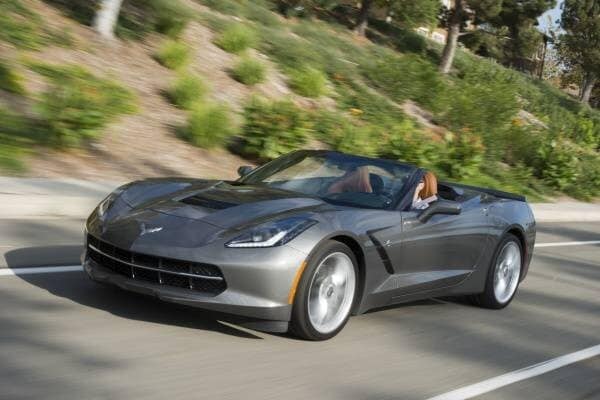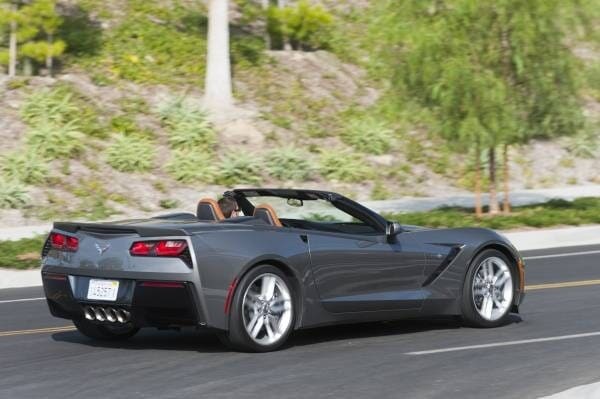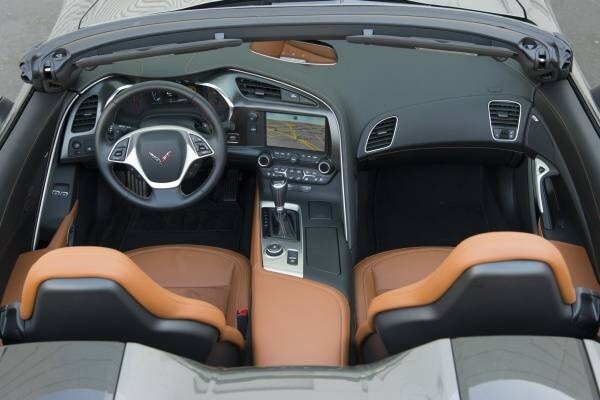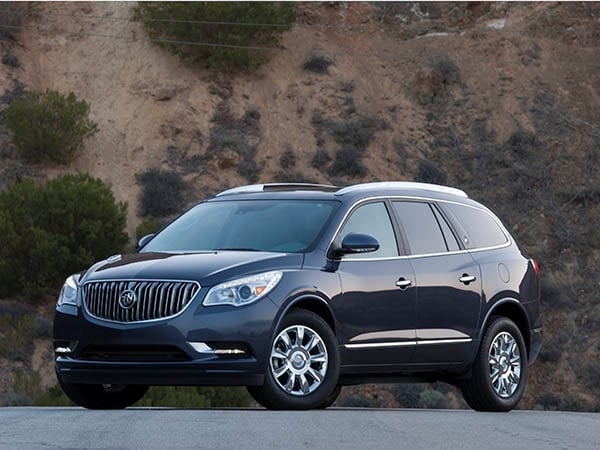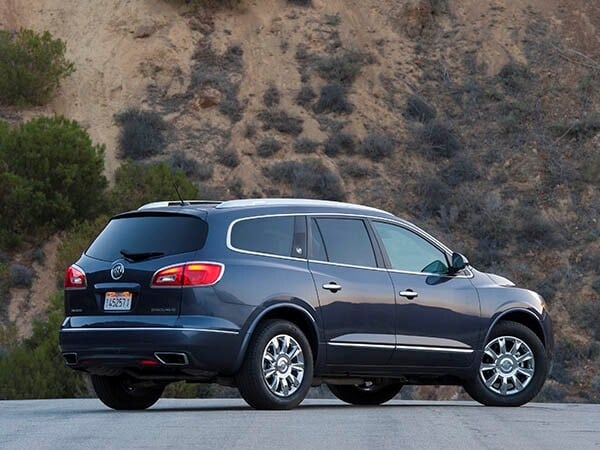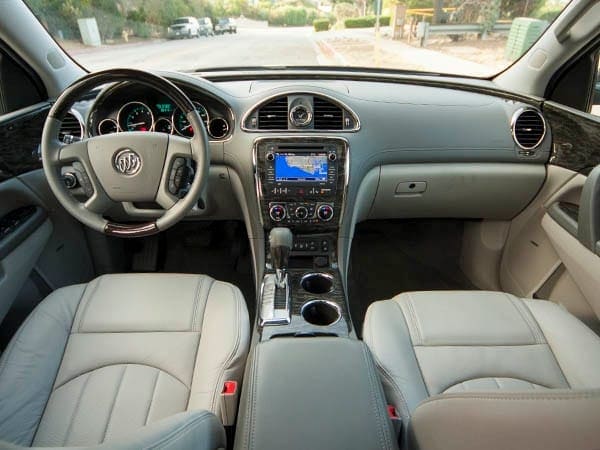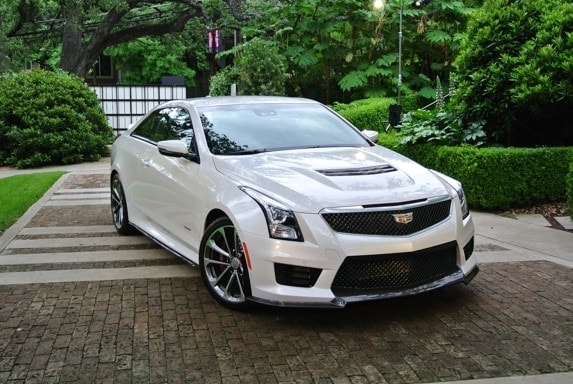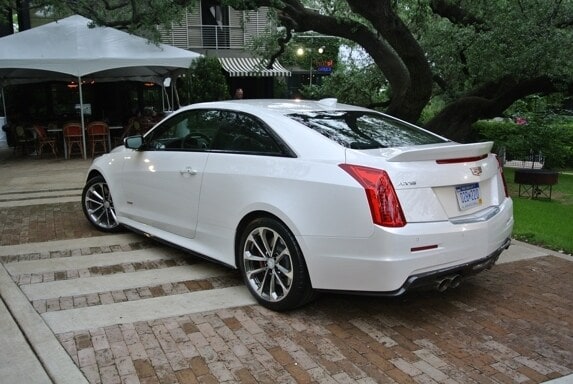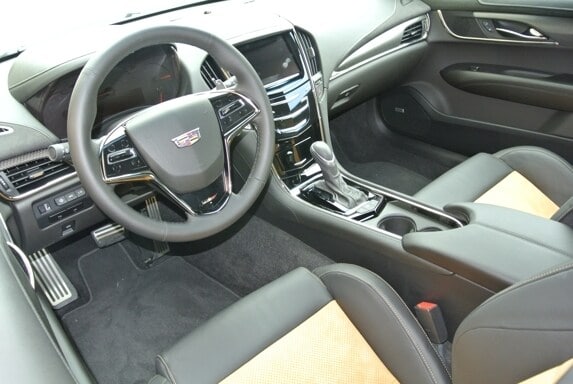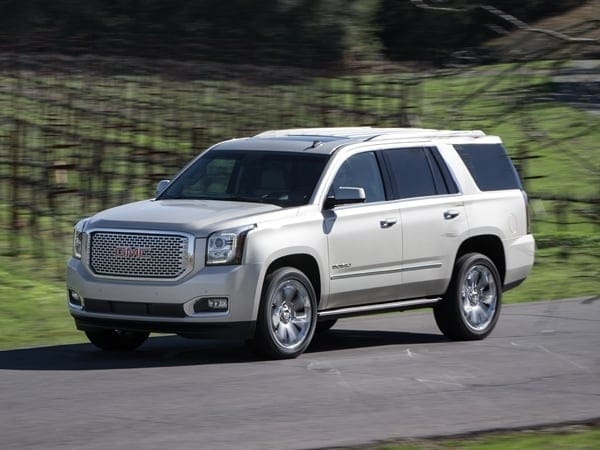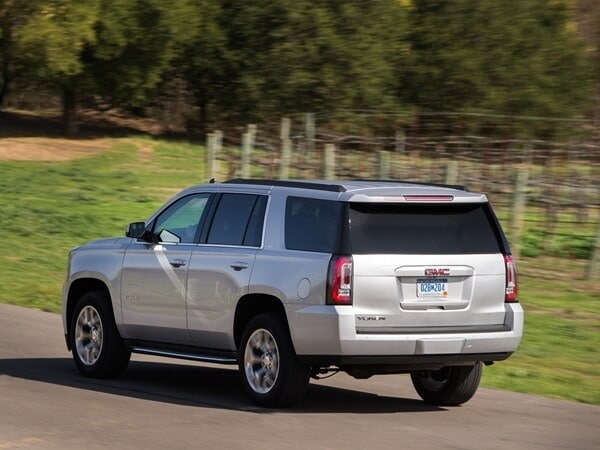It’s been seven years since General Motors has been restructured under a government-run bankruptcy and the nation’s largest domestic manufacturer has been posting solid gains in sales. While much of the heavy lifting of unburdening the auto giant of massive debt has been done, work continues on restructuring the four remaining divisions, Chevrolet, Cadillac, Buick and GMC into a cohesive operation that can find economies of scale through common platforms with enough differentiation in to avoid cannibalization of sales. One of the architects of this effort is Dan Ammann, a Wall Street investment banker drafted as chief financial officer and subsequently elevated to president and chief operating officer. Ammann took time during the New York and Shanghai Auto Shows to offer his perspective on GM’s progress so far.
Also: The Class of 2016 — New Vehicles Ready to Roll
Perception vs. reality
Ammann said the biggest challenge he faces is closing the gap between the consumer perception and the reality of the product offerings. In recent years many GM vehicles have won the plaudits of experts while lagging in sales.
"This is the ultimate question, is the brand for me?" he said, adding that the customer’s impression is paramount to success. "If you’re not there [with the brand], it doesn’t matter how great the car is."
Among the GM divisions, Ammann believes GMC is furthest along in closing that gap. The consistency of the product and brand message is the key.
"It is the most consistently position," he said. "It’s perceived as Professional Grade, and people get it. It all ties together."
A global Chevy
In aligning product and brand messaging, Chevrolet, which is marketed globally, presents a special own set of challenges. Amman said the company is making progress in choosing markets where the Chevrolet brand makes sense and identifying others where local brands should be emphasized. China and South America seem ripe for Chevrolet, he said, while in Europe emphasis on Opel is the more sensible plan.
"The global alignment is a huge effort," Ammann said of Chevrolet. "Now every country I go to it looks and feels the same."
On the product side, Ammann believes the Chevrolet has made huge strides, and that the cars and trucks are well-positioned. Now it’s a matter of changing consumer perceptions. As for Chevrolet’s mission, he told us "We want vehicles that are visually stunning and technology that makes people’s lives easier. We also want to stress quality and reliability-we will look after you. And it’s about good value. That is the essence of the brand promise, and it’s not the same as all our competitors in our segment."
Moving on up with Buick
Among the GM divisions, Ammann said Buick is somewhere in the middle along its journey to find its identity. Not quite as global as Chevrolet, Buick’s fortunes have been greatly enhanced by its success in the Chinese market. That, in turn, is helping with the overall repositioning of Buick as a premium brand, which is not only consistent with its perception in China, but also is part of its tradition. What the brand doesn’t want is to be perceived as an old man’s car, hence the "Can’t believe it’s a Buick" campaign, which Ammann says has been successful in recasting the lineup.
Ammann also believes there is tremendous opportunity in positioning Buick as a premium option between Chevrolet and Cadillac.
"The premium segment, I think, is quite a distinct customer group," he said. "They want to be below the radar; it’s a real segment and Buick has done a nice job in filling that out."
Also: Kelley Blue Book Best Buy Awards of 2015
The Cadillac challenge
The biggest challenge facing GM is the $12 billion gamble on Cadillac. That figure represents what has been committed to the division for new products over the next five years. Ammann believes that even though the luxury segment is filled with stiff competition, a change in its composition may provide an opening to stake out Cadillac’s own territory.
"The German luxury brands are getting to the volume and model proliferation that has gone from exclusivity to ubiquity," Ammann observed.
By expanding their lineups to include more entry level models, there is less exclusivity as a result of the lower price points and higher volumes.
"We don’t have to do that with Cadillac," Ammann explained, noting GM offers other brands in its portfolio to cover those needs. "We can go further in lower volume and do something that the Germans can’t do…take risks. We can do that from a styling perspective and from a technology perspective."
The bottom line, according to Amman, is that Cadillac is a uniquely American brand.
"We can’t out-German the Germans, but we can out-American the Germans," he said. "This allows us to appeal to non-conformists and not be part of that sort of sameness."
Ammann believes that to be credible in the luxury segment, you have to have solid sedans, like the upcoming CT6, but also that crossover SUVs are becoming a larger part of the equation and that Cadillac has much work to do despite the success of the Escalade.
"We have less work to do in getting people to think about Cadillac in the context of SUVs than we do in cars," he said, but admits that "the crucial part of the segment around our current aging entry, the SRX and the Escalade, we are missing the three logical things that go around it. We will be rectifying that soon."
Popular at KBB.com
See the All-New Cars for 2015
10 Coolest Cars Under $18,000
Best Buys of 2015
